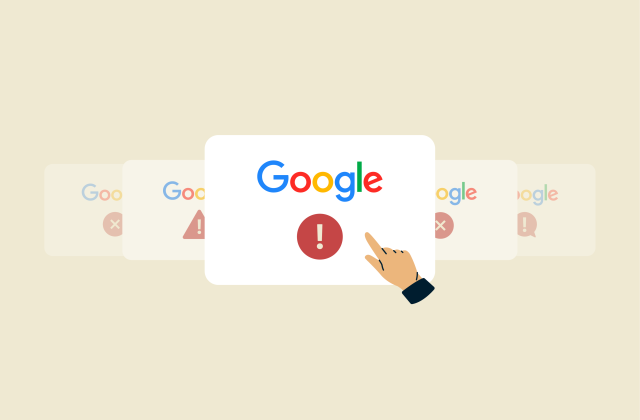ExpressVPN blog
Your destination for privacy news, how-to guides, and the latest on our VPN tech

Latest Posts
-

Should you use a VPN at work? A practical guide
Whether you work from an office, a coworking space, or your living room, your internet connection is likely at the center of everything you do. A VPN can help keep that connection secure, but how it f...
-

What is MU-MIMO, and why does it matter for VPN performance?
Wi-Fi has come a long way from the days when only one device could get a clear signal at a time. Today, with dozens of connected devices in most homes, from phones and laptops to smart TVs and cameras...
-

How to detect and remove spyware on iPhone (complete security guide)
Your iPhone holds more than just your apps and messages. It’s a central hub for your photos, financial information, and private conversations, making it a valuable target for spyware. Spyware can st...
Featured
See allFeatured Video
-

Top 10 video games that will change how you view privacy
If you love online gaming and are interested in privacy, check out these video games that involve hacking, cybersecurity, and surveillance. Not only are they fun, but they’re designed to give...







